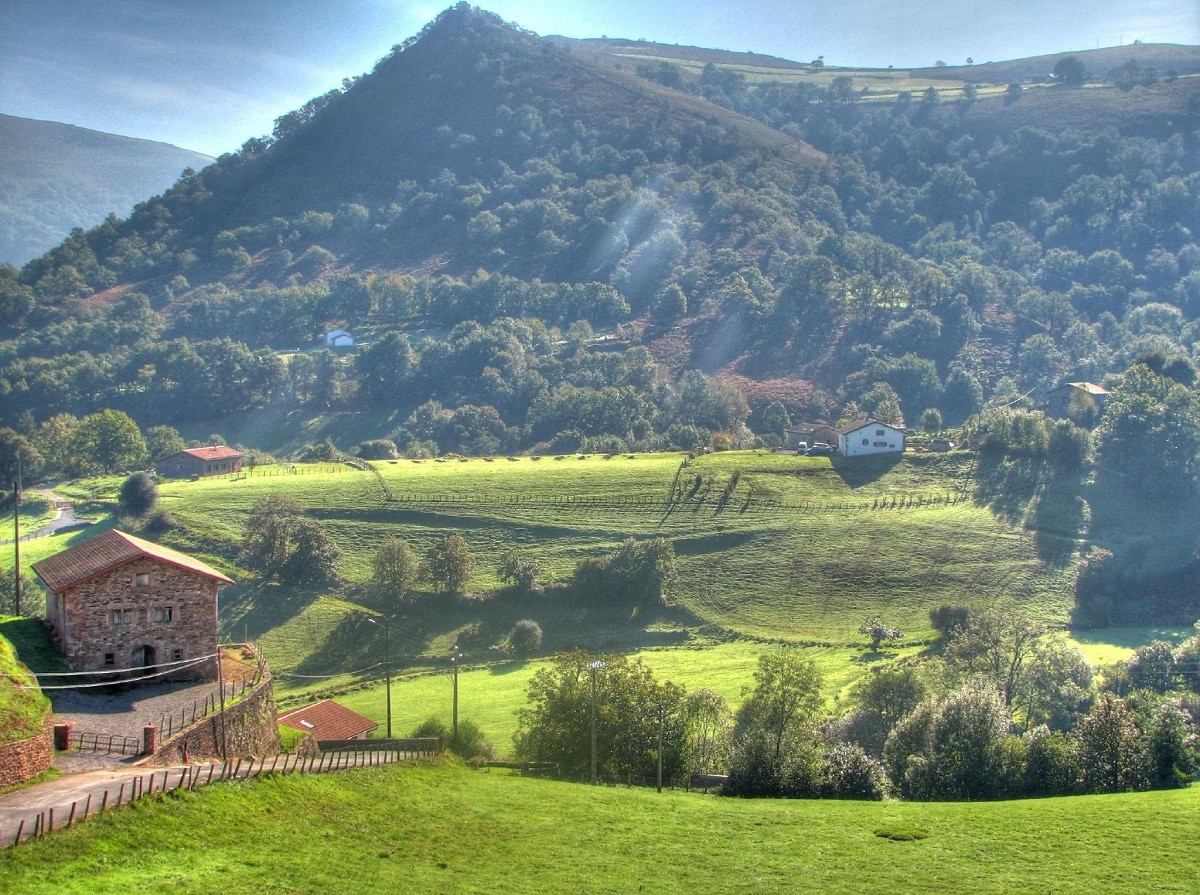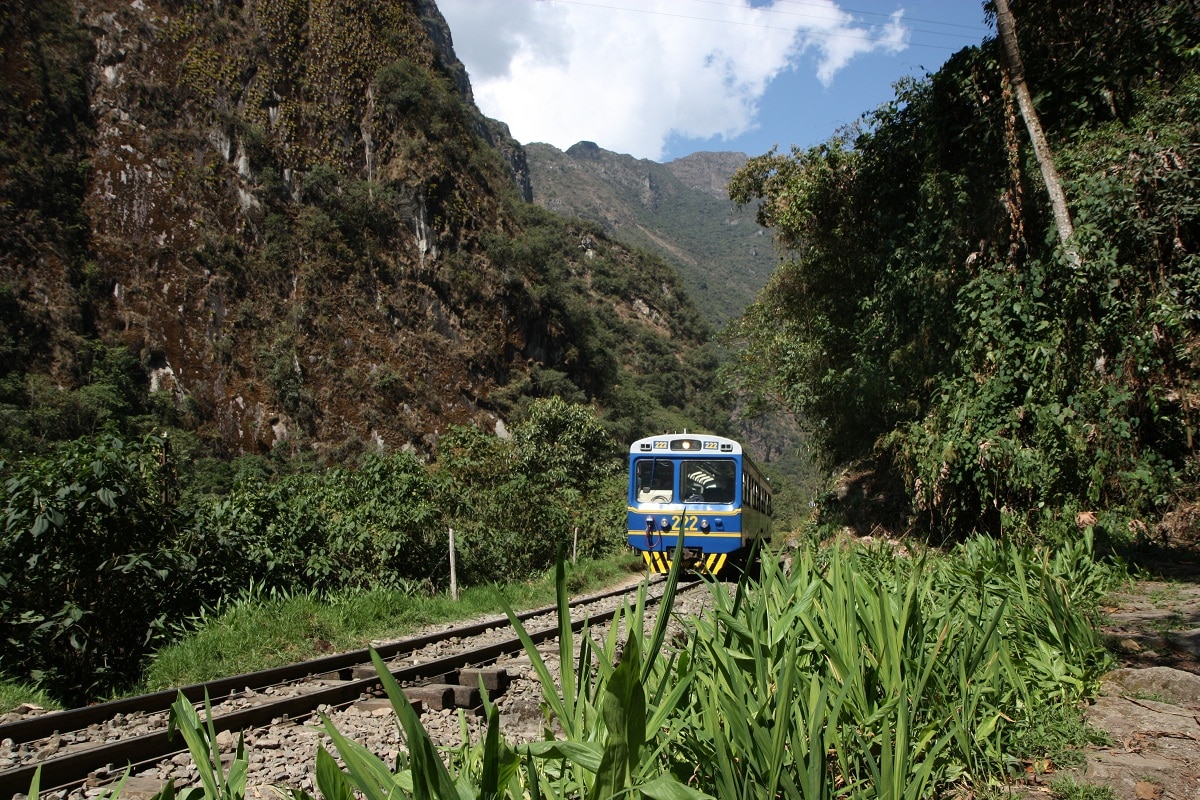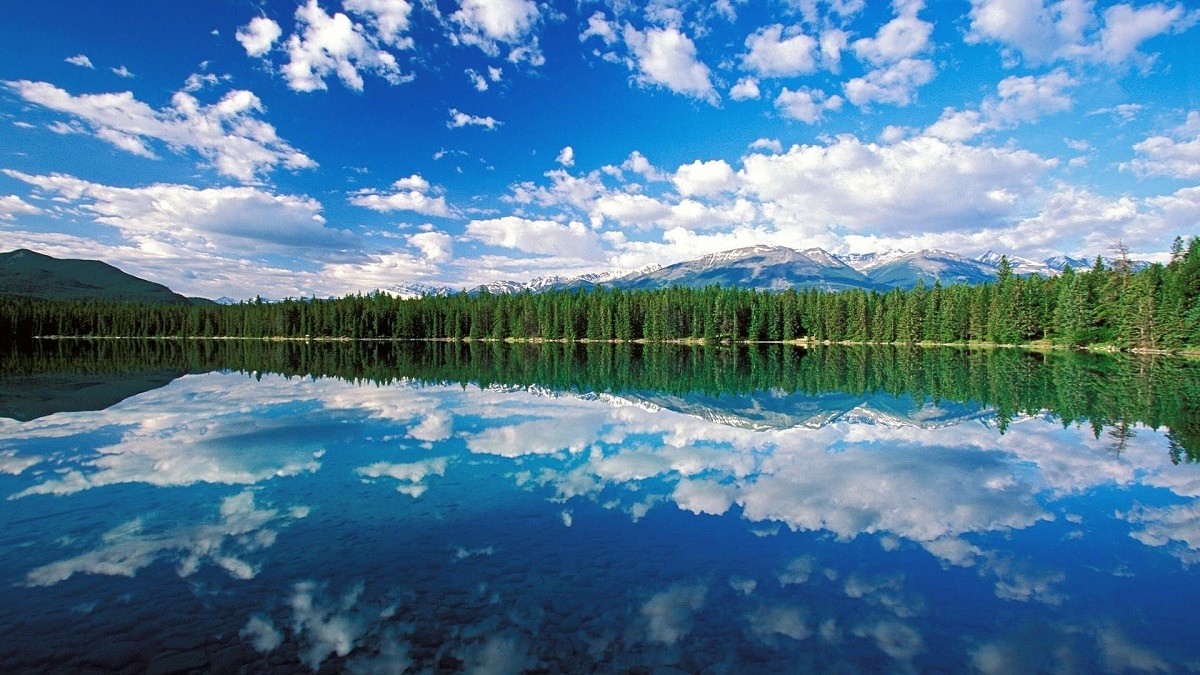
El mild weather of the Northern Hemisphere extends from the Arctic Circle to the Tropic of Cancer. In the Southern Hemisphere, temperate climates extend from the Antarctic Circle to the Tropic of Cancer. These regions have four seasons of the year, depending on their latitude. Temperatures tend to vary a lot, also depending on your latitude, and rainfall is also largely determined by the season of the year.
We are going to dedicate this article to tell you everything you need to know about the temperate climate, its characteristics and importance.
Key features

The temperate climate is a type of climate with a relatively moderate monthly average temperature, the temperature in the warmest month is above 10℃ and the temperature in the coldest month is above -3℃. The average annual rainfall ranges between 600 mm and 2000 mm.
The temperate climate zone is usually located between the subtropical climate and the polar climate, that is, the area between 45º and 60º north and south latitude. They are areas where the four seasons of the year occur.
In the temperate climate there are many kinds of animals and plants, and it is the most favorable type of climate for the development of human activities such as agriculture, industry and residential life.
Temperate climates are characterized by:
- The average monthly temperature is moderate.
- Presenting the four distinct seasons of the year.
- Seasonal rains are present, especially in winter.
- It allows the development of a great variety of vegetation, such as savannah and forest.
- The development of various animals is allowed.
- Provide adequate conditions for the development of civilization.
- It extends from the Arctic Circle to the Tropic of Cancer in the Northern Hemisphere and from the Antarctic Circle to Capricorn in the Southern Hemisphere.
Types of temperate climate

Temperate climates present a wide variety of environments within their categories, and four main types are identified:
- mediterranean temperate. It is characterized by long, dry, sunny summers and short, mild winters with abundant rainfall.
- continental temperate zone. It is characterized by a temperature difference between winter and summer, hot and rainy in summer and cold and dry in winter.
- Warm and wet. It is characterized by long, hot summers with abundant rainfall. Winters are short and moderate.
- Ocean Temperament. It is characterized by extending into the sea. Temperatures are usually cool and winter rains are abundant.
Flora and fauna of temperate climate

The temperate climate provides ample conditions for the development of flora and fauna. Key features include:
- Flora: it presents several types of grasslands and trees such as oaks, conifers and larches. It allows the formation of jungles, dense forests and grasslands. In addition, it is beneficial for the development of various crops that can be manipulated by humans, such as corn, quinoa, wheat, vegetables, fruits, etc.
- Wild animals. It shows a variety of animal species that have adapted to migrate to avoid the colder seasons, with some having the ability to hibernate to endure the winter, such as bears, squirrels, and opossums. Some animals typical of temperate climates are: elk, lynx, pampas deer, bats, voles, pumas, foxes, cardinals and eagles.
Pampas grasslands or temperate grasslands dominate the lower basin of the Plata. Apart from its temperate conditions, it is very similar to a savannah and consists of a variety of hard, soft, and sour grasses (stipa) that support the famous Pampas grasslands. Sometimes a small group of trees can be remnants of a larger forest. In any case, natural grasslands have been replaced by artificial crops and pastures and severely damaged by livestock.
The vegetation is characterized by warm and temperate grasslands with bushes and thorns of the genus Robinia. Valdivia is dominated by exuberant temperate and tropical forests, with a wide variety of oaks, larches and more. The Valdivia forest is an important timber reserve of natural species in our country and has been exploited since the last century: (coigües, mañíos, olivillos, lingues, canelos, etc.). In the same region, but in the Andes, the beautiful coniferous forests of the araucaria genus developed, while further south the larch forests almost became extinct due to indiscriminate mining (Chiloé).
Curiosities
There are a series of toponyms, that is to say toponyms, that testify to the temperate climate of Spain. Therefore, the name Islas de la Suerte has been used for the Canary Islands since ancient times. due to the good weather. Due to its abundant sunshine throughout the year, the Costa de la Málaga region is also known as the Costa del Sol. A similar situation exists on the Costa de Huelva, which is called Costa de la Luz due to its similarity to the situation of the Costa del Sol.
In other cases, the place name is not indicative of a particularly favorable climate, but rather of more extreme climatic characteristics. This is what happens in Sierra Nevada or Nevada, or in the drier regions known as deserts, such as Tabenas in Almería or Los Monegros in Zaragoza.
The climate is sometimes the focus of politicians, and in many cases, their decisions on climate-related issues are truly surprising. Today's debate focuses on the so-called climate change, but in the past there have been other reasons that have led the rulers to propose "solutions" to the peculiar behavior of the climate in Spain.
In 1973, the Francoist minister Julio Rodríguez presented a surprising proposal called the “Julian Calendar” in his own name. Him trying to change the school calendar, trying to get the school year to start in January and end in December. A number of reasons were put forward, but especially those that spoke of adjusting the school schedule to the most appropriate time of the year, in addition to reducing energy consumption for heating in the centers where the proposal is put into practice.
The proposal was ultimately scrapped shortly after it went into effect. But using the summer heat as an excuse to receive or give classes in most of our country is really difficult, it makes us very different from most European countries where temperatures summers are much milder and they can afford to cut their vacations short because the heat is bearable. In Spain, students and teachers enjoy two consecutive months of vacation (until now), this unique situation is only justified by the fact that most of the country experiences high temperatures during the months of July and August (very important by the way) .
I hope that with this information you can learn more about the temperate climate and its characteristics.